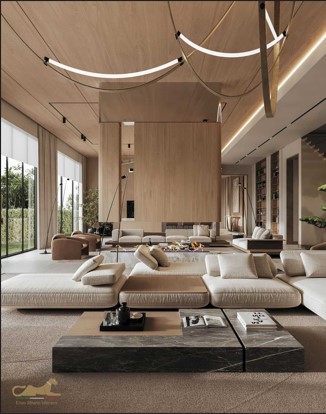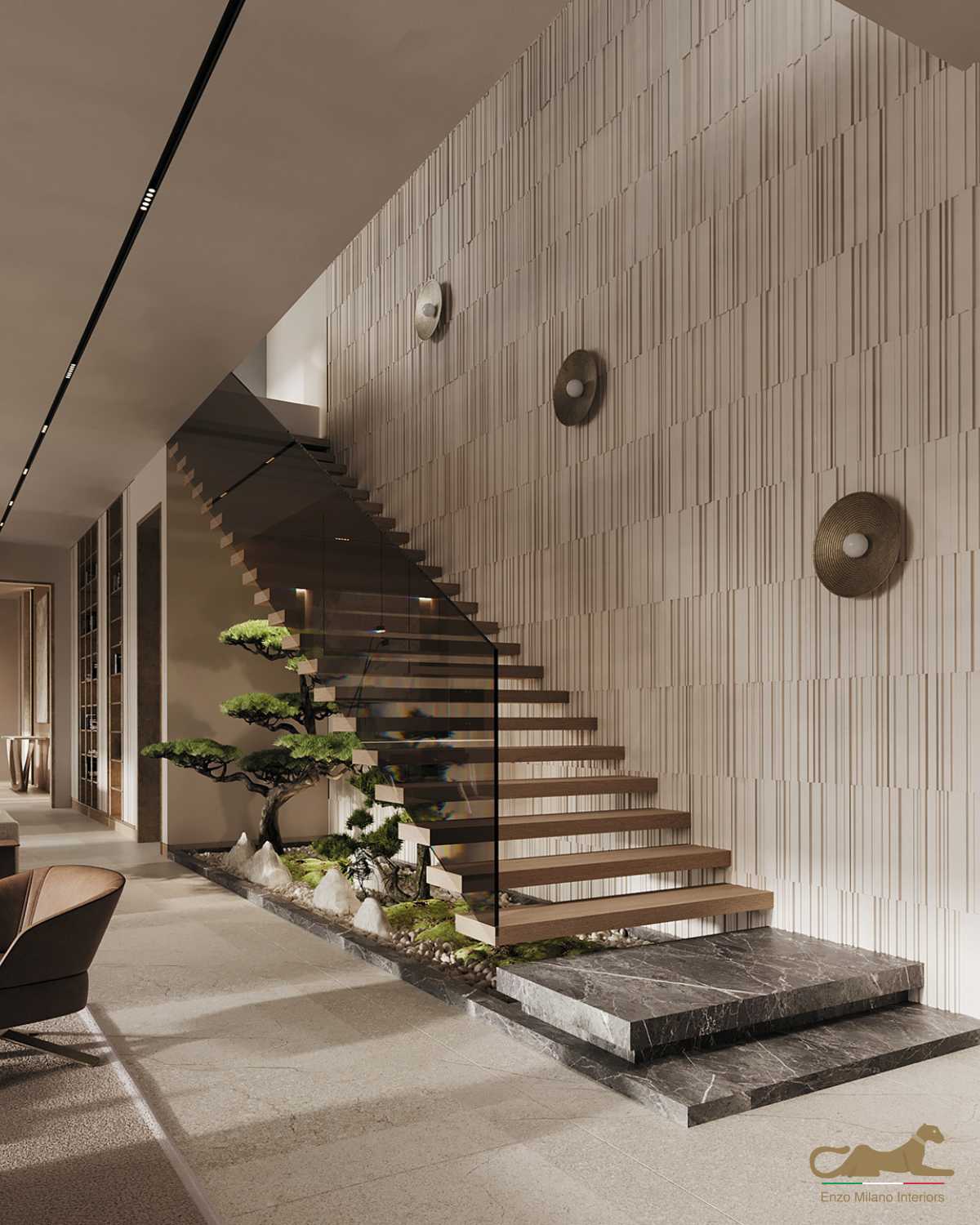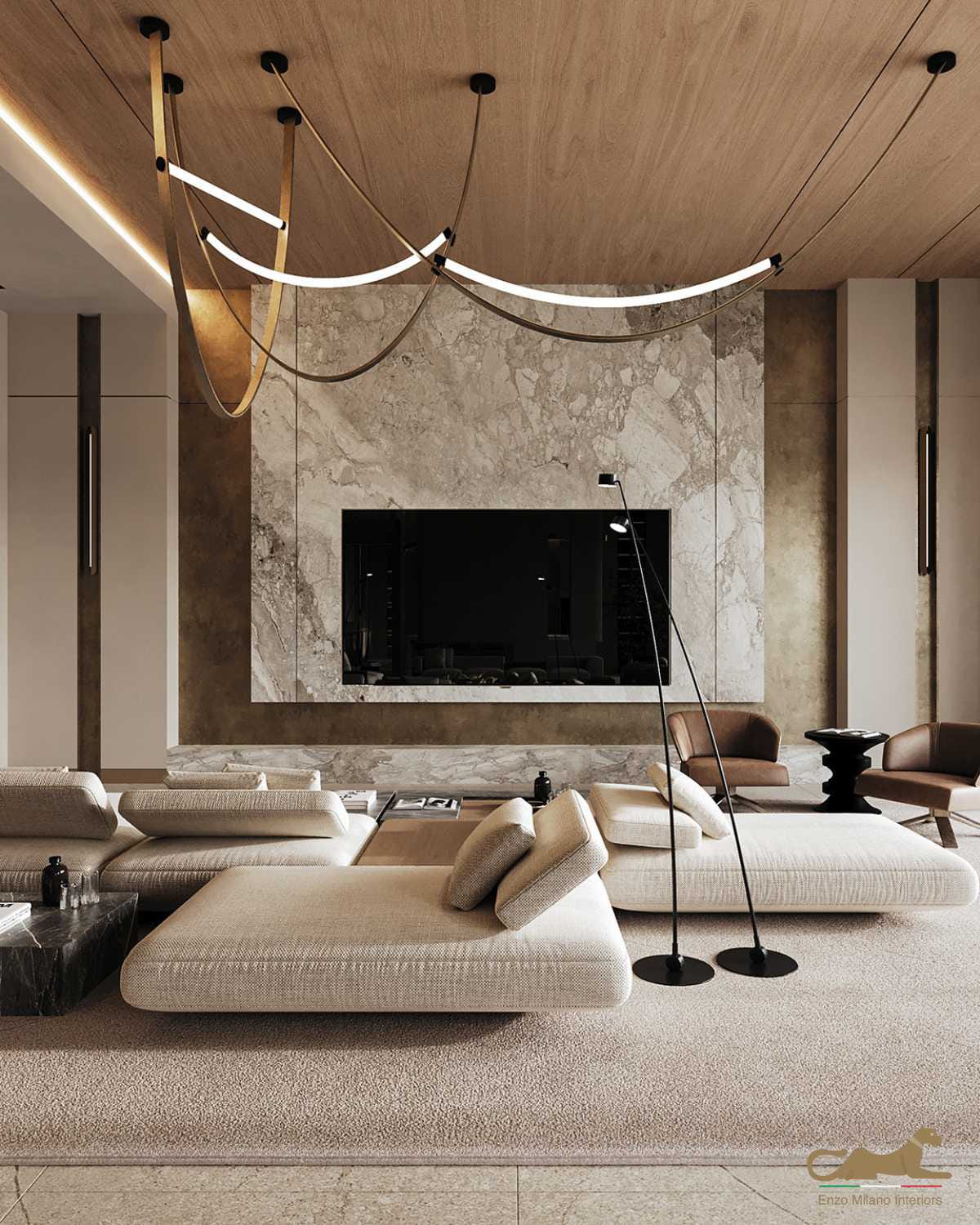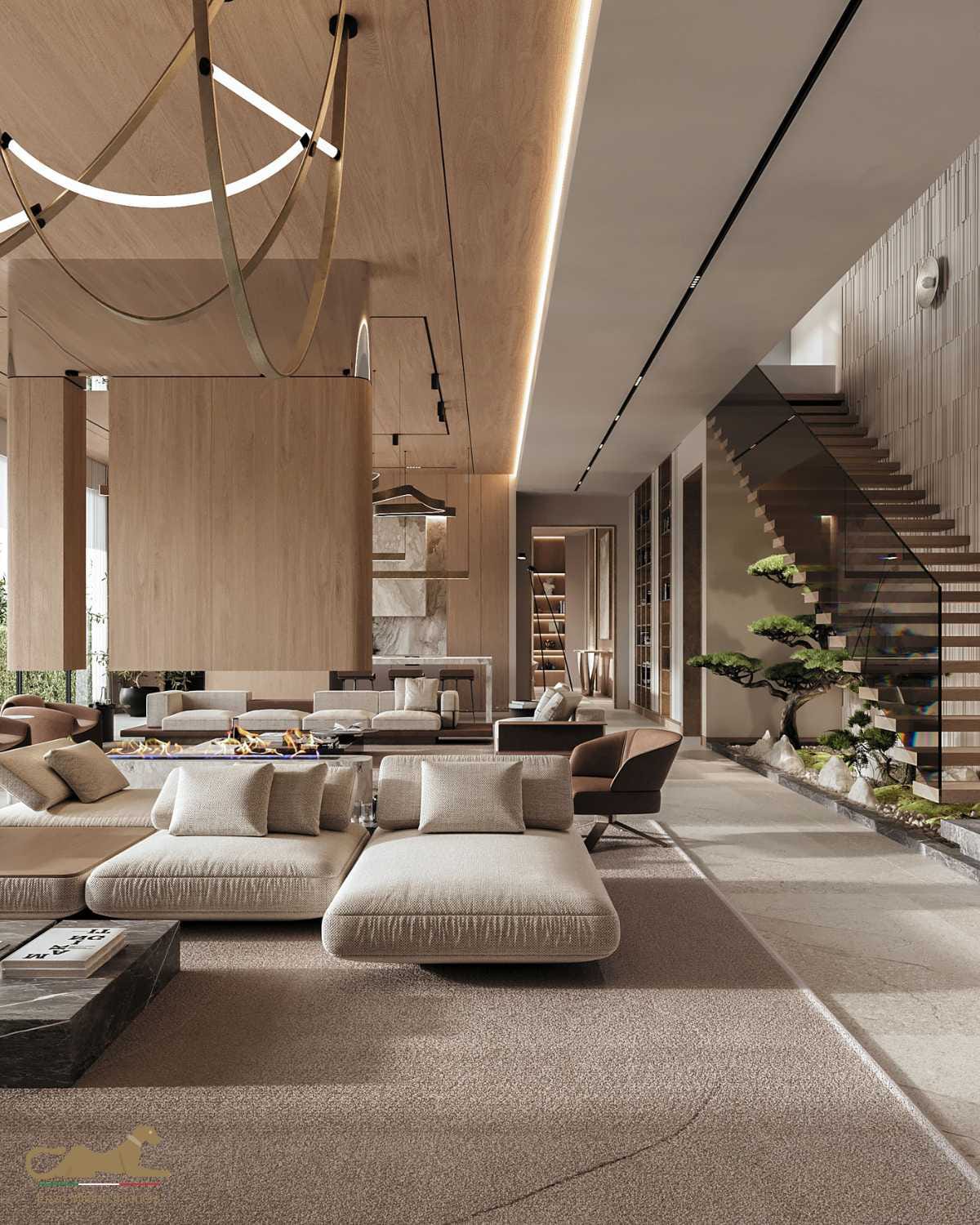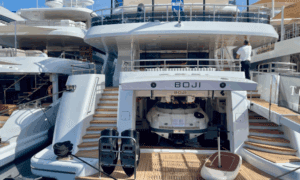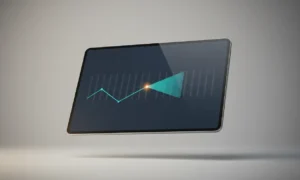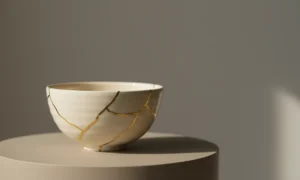Designing or renovating a villa is more than just choosing décor — it’s about shaping a lifestyle. The design style you select influences everything from your home’s atmosphere to its long-term functionality. Among the most sought-after aesthetics are Modern and Mediterranean styles — two distinct approaches, both synonymous with luxury.
If you’re unsure which direction to take, this guide breaks down both styles in detail, helping you decide what suits your villa’s character, your lifestyle, and your vision.
Understanding the Foundations of Villa Design
Before diving into specific styles, it’s important to understand what sets villa interior design apart from other forms of residential design.
What Makes Villa Interiors Unique?
- Larger floor plans offer more flexibility in layout
- High ceilings and expansive rooms encourage bolder design choices
- Emphasis on luxury, personalization, and seamless indoor-outdoor transitions
- Long-term focus on comfort, elegance, and resale value
Whether you’re building anew or planning a villa renovation in Dubai, the design must balance both function and sophistication — while reflecting your unique taste.
Modern Design: Sleek, Minimal, and Smart
Modern villa interiors are all about simplicity, clean lines, and functionality. This design style celebrates minimalism and refinement, focusing on open spaces and uncluttered layouts. The goal is to create a harmonious, sophisticated environment where every element serves both form and function. It emphasizes the importance of natural light, space, and cutting-edge technology to deliver a home that feels fresh, contemporary, and future-forward.
Key Characteristics of Modern Style
Modern design emphasizes the essence of “less is more.” The goal is to eliminate unnecessary details while focusing on sleek, high-quality materials and purposeful spaces. Unlike traditional styles, which often feature ornate designs and heavy furnishings, modern design celebrates clean, geometric forms that make every room feel open, airy, and functional. Here’s a deeper look into the core characteristics:
- Minimalism: Clean, straight lines with an emphasis on geometric forms define modern interiors. The focus is on simplicity — stripping away the excess and leaving only what is essential.
- Open Spaces: Modern interiors favor open-plan layouts that maximize space, allowing rooms to flow into one another. This layout not only enhances the feeling of spaciousness but also creates a more communal living space ideal for socializing and family life.
- Natural Light: Maximizing natural light is a priority in modern design. Large, unobstructed windows let in an abundance of sunlight, creating bright, inviting spaces. This focus on natural light helps blur the lines between indoors and outdoors, making the home feel more connected to nature.
Modern Design Elements
Neutral Color Palettes:
Modern interiors typically feature neutral colors like white, gray, and taupe. These tones serve as a clean, calming backdrop and allow other design elements to stand out. To add visual interest and contrast, you might find an occasional pop of bold color, such as deep navy or vibrant red, used strategically in furniture, artwork, or accent walls.
Floor-to-Ceiling Windows:
Large windows are a hallmark of modern villas. Floor-to-ceiling windows not only let in natural light but also offer expansive views of the surroundings. Whether overlooking a lush garden, city skyline, or beachfront, these windows create a seamless connection between the interior and exterior, enhancing the sense of space and openness.
Integration of Smart Home Systems and Eco-Friendly Solutions:
Modern design embraces the latest technology to enhance comfort and efficiency. From smart home systems that allow you to control lighting, security, and climate with ease, to eco-friendly solutions like energy-efficient appliances, solar panels, and smart thermostats, modern villas are built with the future in mind. These features provide convenience, sustainability, and increased energy savings, making your home not just beautiful, but also environmentally responsible.
Use of Steel, Glass, Concrete, and Polished Wood:
Materials like steel, glass, concrete, and polished wood are staples in modern design. These materials are sleek and sophisticated, giving the villa a contemporary, industrial feel while maintaining warmth and texture. Steel and glass are often used in window frames, staircases, and railings, creating a striking visual appeal. Concrete surfaces — whether used for walls, floors, or countertops — add an urban edge. Polished wood, often used in flooring or cabinets, brings warmth to the otherwise sleek and minimal spaces.
Modular Furniture with Functional Design:
Modern villas often feature modular furniture that prioritizes functionality and versatility. These pieces can be customized to suit your needs and layout, allowing for adaptable arrangements that maximize space efficiency. The clean lines and geometric shapes of modular furniture complement the minimalist aesthetic, offering both style and practicality without cluttering the space.
Benefits of Modern Villa Interiors
- Encourages Calm, Uncluttered Living:
- Makes Smaller Spaces Feel Larger and Airier:
- Offers a Contemporary Aesthetic that Feels Fresh and Sophisticated:
- Easy to Maintain Due to Its Minimalist Approach
This style is ideal for those seeking an urban, future-forward home that integrates clean energy efficiency and digital integration at its core. It’s about creating a villa that not only looks good but works smarter for you. Whether you’re installing smart lighting or opting for energy-efficient appliances, modern design allows you to live in a way that’s not only beautiful but also more sustainable. As technology continues to evolve, modern homes are designed to evolve with it, ensuring that they remain relevant and functional for years to come.
For homeowners considering a villa renovation, incorporating modern design elements can transform your space into a sleek, minimalist retreat that maximizes comfort, efficiency, and style. Modern interiors cater to those who appreciate the beauty of simplicity and the convenience of advanced technology — making it a top choice for today’s discerning homeowners.
Mediterranean Villa Design: Warm, Earthy, and Inviting
Defining the Mediterranean Aesthetic
Drawing inspiration from the sun-soaked regions of Southern Europe — particularly Italy, Spain, and Greece — the Mediterranean style brings an inviting combination of warmth, texture, and artisanal charm into your villa. This timeless aesthetic celebrates the beauty of handcrafted details, natural materials, and effortless elegance. It blends seamlessly with the relaxed lifestyle of coastal living, offering a peaceful, serene atmosphere for any home. In Dubai, where the sun is a constant companion, the Mediterranean aesthetic perfectly complements the climate, making your villa not only a luxurious space but also a comfortable retreat.
Mediterranean Design Elements
Stucco Walls and Terracotta Tiles:
The rough texture of stucco walls paired with terracotta tiles creates a warm, earthy base that immediately evokes the Mediterranean coast. Stucco, a signature material in Mediterranean architecture, is not just visually appealing but also functional, offering a natural cooling effect — perfect for Dubai’s intense heat. Terracotta flooring, with its rich, reddish-brown hues, brings warmth into the space, creating a welcoming and grounded atmosphere throughout the villa.
Vaulted Ceilings with Exposed Wooden Beams:
One of the signature features of Mediterranean villas is the use of vaulted ceilings and exposed wooden beams. These high ceilings create a sense of openness, giving the interiors a grand feel while allowing plenty of natural light to flood the space. The wooden beams, often reclaimed from old farmhouses or antique homes, introduce a rustic charm that perfectly balances the sleekness of modern architecture.
Arched Windows and Entryways:
Arches are a defining feature of Mediterranean design, from doorways to windows. The gentle curves of arched openings not only soften the overall architecture but also frame scenic views, creating a seamless connection between the indoors and the outdoors. In a villa renovation in Dubai, incorporating arched windows can allow for stunning views of your garden, pool, or the city skyline while adding an element of charm to the home’s facade.
Ornate Ironwork on Railings and Fixtures:
Wrought iron is often used to decorate balconies, stair railings, and window grilles in Mediterranean-style homes. Hand-forged ironwork adds an element of artistry to functional pieces, introducing intricate patterns that give the villa a unique, handmade feel. This ironwork often contrasts with the smooth textures of stucco walls and wooden beams, offering a harmonious balance between simplicity and ornate design.
Earth-Toned Color Palettes:
Mediterranean design favors a palette that echoes the natural colors of the surrounding environment. Earth tones like ochre, sand, and terracotta create a sense of warmth and connection to nature, while accents of azure blue and olive green mimic the colors of the Mediterranean Sea and olive groves. These colors are soothing and grounding, offering a timeless elegance that transcends trends. By using a mix of these hues, you can transform your villa into a luxurious yet inviting retreat, ideal for those who enjoy both beauty and comfort.
Why Choose Mediterranean Design?
- Creates a Sense of Timeless Comfort and Tradition
- Works Beautifully with Dubai’s Warm Climate
- Encourages Relaxed Indoor-Outdoor Living
- Great for Those Who Appreciate Handcrafted Details and Cultural Character
For homeowners considering a villa renovation, Mediterranean interiors offer a unique way to blend traditional charm with modern conveniences. Whether you’re adding new elements to an existing home or starting fresh with a full renovation, incorporating Mediterranean features can instantly elevate your villa’s aesthetic. From the incorporation of natural materials to creating an indoor-outdoor flow, this design style provides everything you need for a luxurious, comfortable living space that complements the environment of Dubai.
Choosing Mediterranean design for your villa not only creates a cozy retreat but also reflects a sense of style that endures for generations, making it a popular choice for villa design projects.
Style Showdown: Modern vs. Mediterranean
Here’s a side-by-side comparison to help visualize which style might suit you best:
| Feature | Modern | Mediterranean |
| Mood | Sleek & minimal | Warm & rustic |
| Materials | Glass, steel, concrete | Stone, terracotta, wood |
| Lighting | Recessed, natural light focus | Chandeliers, wall sconces |
| Layout | Open-plan, functional | Sectioned, intimate |
| Furniture | Streamlined, modular | Vintage, handcrafted |
Blending the Best of Both Worlds
Can You Mix Mediterranean and Modern?
Yes — and it’s becoming increasingly popular. A growing number of designers are now merging the warmth of Mediterranean interiors with the sleek sophistication of modern design. For instance:
- A modern open kitchen featuring Mediterranean tilework
- Clean-lined furniture with rustic wooden beams overhead
- Smart lighting in a villa with terracotta flooring
This hybrid approach allows homeowners to enjoy a unique, personalized look that respects tradition while embracing innovation.
Final Thoughts: Let Your Villa Reflect Your Vision
Both modern and Mediterranean styles offer exceptional elegance, each with its unique strengths. While modern design brings a sense of serenity and efficiency, Mediterranean interiors celebrate warmth and tradition. Choosing between them — or blending them — depends on what resonates most with your taste and lifestyle.
With the right guidance and creative planning, your villa can become a luxurious statement of who you are — whether you’re starting from scratch or planning a transformational renovation.

